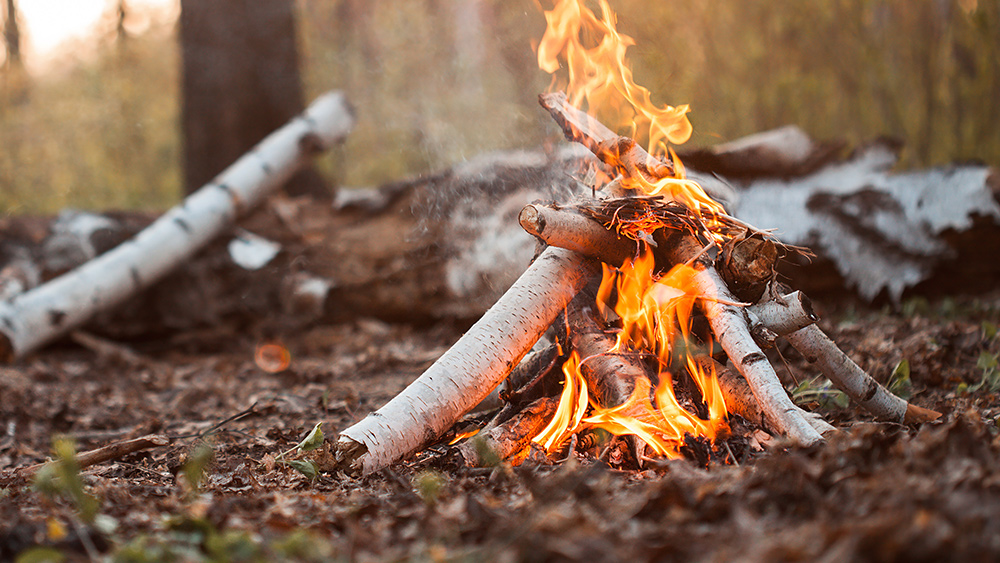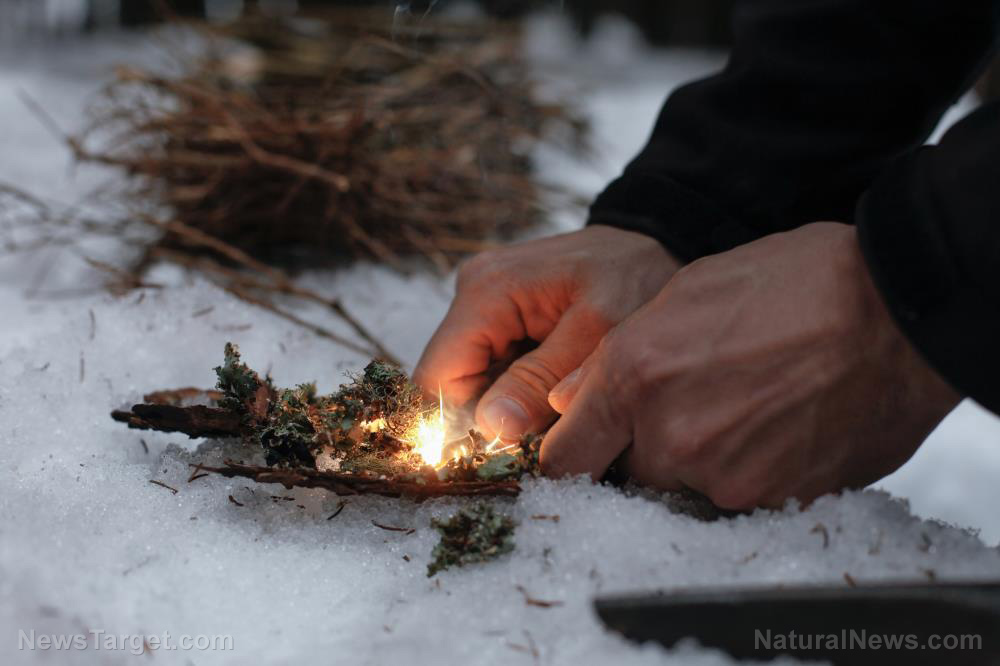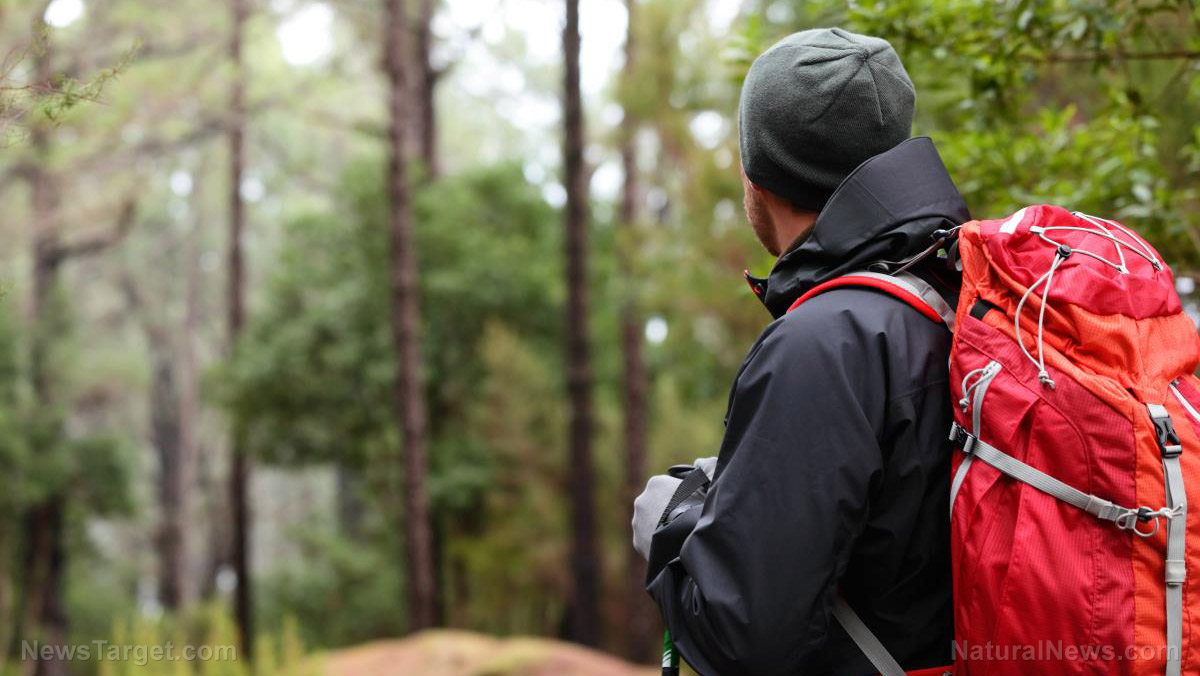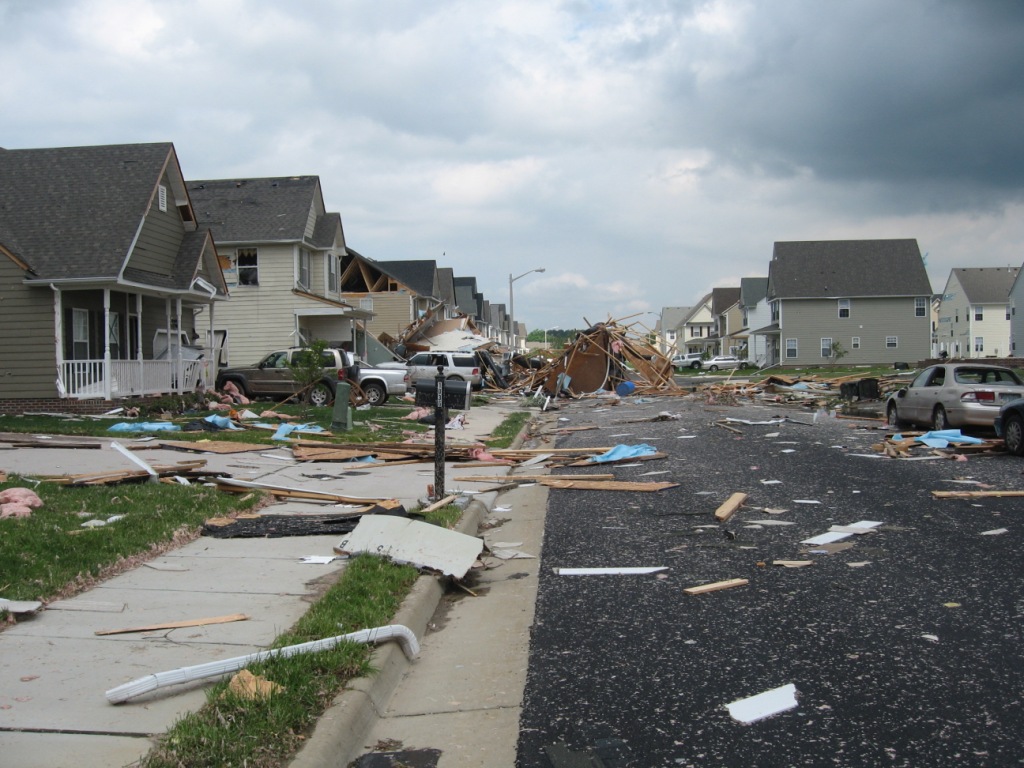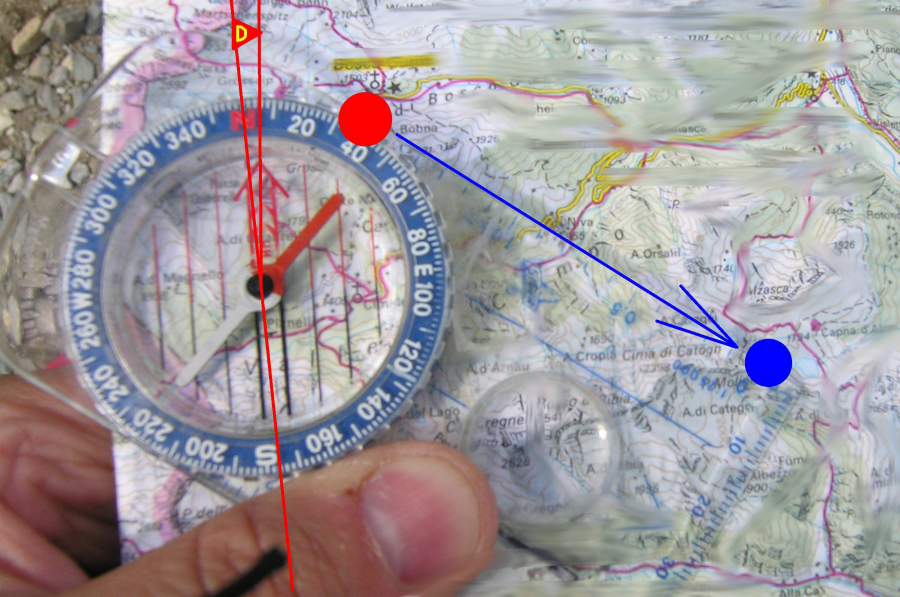
As a prepper, navigating with a map and compass is an essential skill. And when SHTF and you can't use the GPS in your bug-out vehicle, knowing how to navigate using a map and compass ensures that you can reach your destination even without the help of modern technology. (h/t to ModernSurvivalOnline.com)
If you're a beginner, learn the basics so you don't get overwhelmed when trying to use a map and compass for navigation. Remember that a map will give you a relative bearing or direction and topography of the area while a compass only gives a bearing or direction but no knowledge of the terrain and its features.
When combined, both tools are useful navigation aids. With some practice, you can become an adept navigator.
Detailed below are some tips that can help improve your navigation skills so you can avoid getting lost and get to your destination even when you don't have access to modern technology.
Map basics
Here are some things to remember when using a map:
- Use a topographic map of the area or areas you're traveling in. For U.S. maps, get free downloads at the United States Geographic Survey (USGS) website.
- A map is a representation of the ground and the ground is a representation of the map.
- You need a map of your area in the relevant scale like 1:24,000 or one inch is equal to 24,000 inches on the ground.
- Always take scale into account. The smaller the scale of your topographical map, the more defined and cluttered it is.
- Contour lines on a map indicate height and gradient and they never cross.
- Keep your map in a waterproof plastic resealable zipper storage bag or laminate it. If your map is folded, reinforce the folds.
- The top of your map always indicates North.
- Maps will give you the relevant magnetic north declination. Always use updated maps.
- Familiarize yourself with the legend on a map.
Compass basics
Your compass can be used for accurate position determination.
These two types of compasses will serve you well for navigation and orienteering:
- The baseplate compass
- The baseplate mirror compass
Here are some things to keep in mind when using a compass:
- Magnetic north will always draw the compass needle to its point of reference. Check your compass regularly for accuracy. Magnetic north refers to the direction that a compass needle points to as it aligns with the Earth’s magnetic field. Keep in mind that the magnetic North Pole shifts and changes over time because of the Earth’s magnetic core, meaning it is not a fixed point.
- The rotating bezel on your compass can be dialed in to compensate for declination and define the bearing true north. True north refers to the direction that points directly towards the geographic North Pole and it is a fixed point on the Earth's globe.
- Use a compass to orientate your map.
- Your compass will have a magnification lens fitted to help you read map features easily.
How to use a map and compass together
These basics will help you navigate after SHTF.
Your map and compass work together in a symbiotic relationship by supporting one another in confirming your position and orientation of the map to the ground, along with your physical position in relation to the ground and map.
When navigating, remember this helpful acronym: ABC, which stands for align, bearing and course.
Align
Align your compass and map. Place the map on a flat surface, then draw a line from your position to the reference point you want to go to. Align the compass' long edge along the line.
Bearing
Rotate the bezel dial until you have boxed the magnetic needle on North. The degree at the base of the travel arrow is your bearing. This will help orientate you on the point you want to move to.
Course
Lift your compass and orientate your body by moving it to align with the magnetic north, or true north if you have allowed for magnetic declination.
The travel arrow will show the direction you must move in, or your course.
Navigation: Positioning
Map cross reference
Practice on a map. Study any unique and identifiable features and learn how to identify them.
Once you decide on a destination, orientate the compass to true north using the map to identify delineation. Take a bearing to at least three features from your position.
These three bearings are your cross-reference points. Draw a line on your map from each point until they intersect or the point where they cross over each other. This is your position on the map.
Again, remember the navigation ABC:
Align
First, accurately align yourself to the ground and fix your position on the map. This is your known starting point.
Bearing
If you have to move from this point to a specific reference point or rendezvous point, take a bearing to this point with the compass so you have a visual queue where to walk.
Course
Plot your course on your map by drawing a straight line from your fix to the reference point, irrespective of topographical features. This is your map bearing to your next point. (Related: Disaster prepping 101: Learn land navigation skills to get out of SHTF situations.)
Using the map's symbols helps identify map features, so mark and memorize them.
Navigation tips for beginners
Like other skills, the best way to improve is to keep practicing. Take trips on weekends to enjoy nature, explore your neighborhood and learn new things.
Navigation is a crucial survival skill and it can help you find your way when SHTF. Familiarize yourself with the basics of both a map and compass, and in time you will be able to navigate like a pro.
Be patient, especially if you are a beginner. Trust yourself and if you are unsure, take a moment. It's better to stop instead of losing one hour because you got lost.
When you're ready, head to your destination once again with your trusty map and compass.
Visit Survival.news for more articles with navigation tips.
Watch the video below for 10 multitool pocketknife tips that you can use when you are lost in the wilderness.
This video is from the SurvivalTV channel on Brighteon.com.
More related stories:
8 Pillars of the survival protocol that every prepper needs to master.
SHTF essentials: Don’t forget to learn these 6 commonly overlooked survival skills.
Advanced prepper tips to take your prepping to the next level.
10 Survival skills everyone needs to know.
Sources include:
Please contact us for more information.















